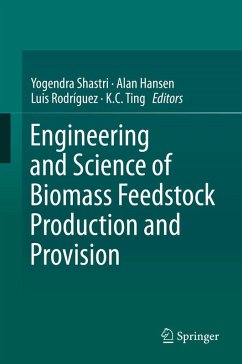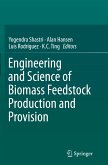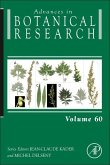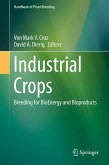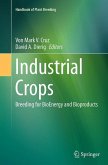The biomass based energy sector, especially the one based on lignocellulosic sources such as switchgrass Miscanthus, forest residues and short rotation coppice, will play an important role in our drive towards renewable energy. The biomass feedstock production (BFP) subsystem provides the necessary material inputs to the conversion processes for energy production. This subsystem includes the agronomic production of energy crops and the physical handling and delivery of biomass, as well as other enabling logistics. Achieving a sustainable BFP system is therefore paramount for the success of the emerging bioenergy sector. However, low bulk and energy densities, seasonal and weather sensitive availability, distributed supply and lack of commercial scale production experience create unique challenges. Moreover, novel region specific feedstock alternatives continue to emerge. Engineering will play a critical role in addressing these challenges and ensuring the techno-economic feasibility of this sector. It must also integrate with the biological, physical and chemical sciences and incorporate externalities, such as social/economic considerations, environmental impact and policy/regulatory issues, to achieve a truly sustainable system. Tremendous progress has been made in the past few years while new challenges have simultaneously emerged that need further investigation. It is therefore prudent at this time to review the current status and capture the future challenges through a comprehensive book. This work will serve as an authoritative treatise on the topic that can help researchers, educators and students interested in the field of biomass feedstock production, with particular interest in the engineering aspects.
From the book reviews:
"This nine-chapter volume covers the agronomic, production, harvest, transportation, and storage aspects along with policies associated with the main biomass systems, providing a very complete resource on the subject. ... Well-established peer-reviewed publications/citations are easily accessible at the ends of chapters for the benefit of students and instructors. ... Summing Up: Highly recommended. Upper-division undergraduates and above." (J. A. Soria, Choice, Vol. 52 (5), January, 2015)
"This nine-chapter volume covers the agronomic, production, harvest, transportation, and storage aspects along with policies associated with the main biomass systems, providing a very complete resource on the subject. ... Well-established peer-reviewed publications/citations are easily accessible at the ends of chapters for the benefit of students and instructors. ... Summing Up: Highly recommended. Upper-division undergraduates and above." (J. A. Soria, Choice, Vol. 52 (5), January, 2015)

